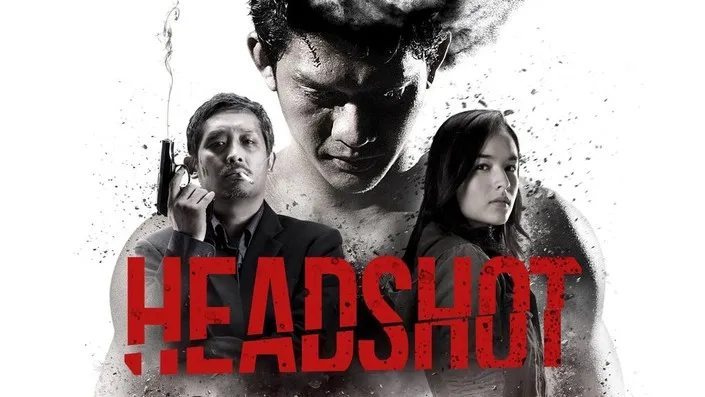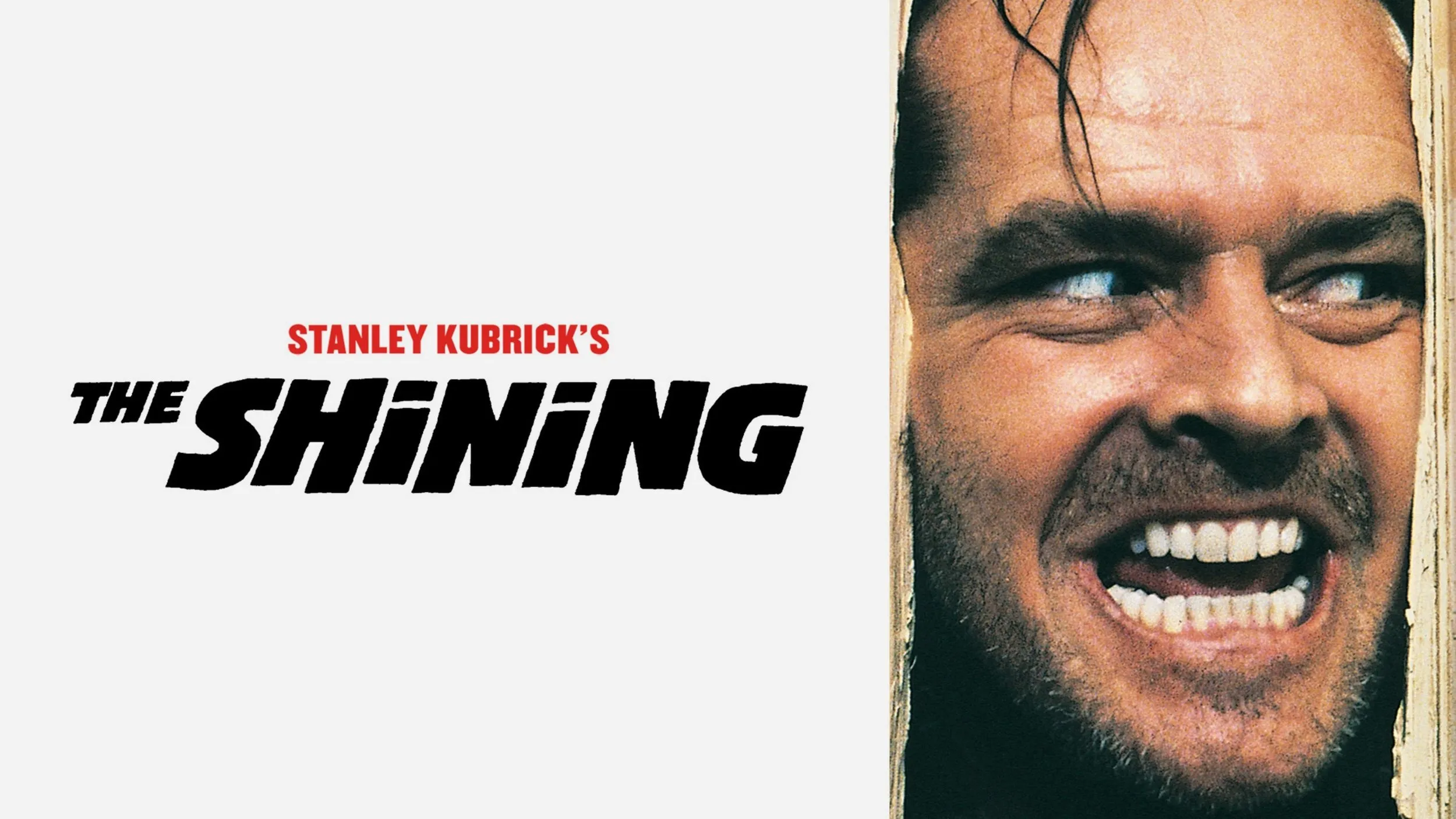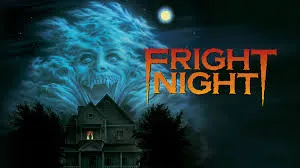𝐖𝐚𝐭𝐜𝐡 𝐭𝐡𝐞 𝐟𝐮𝐥𝐥 𝐦𝐨𝐯𝐢𝐞 𝐡𝐞𝐫𝐞 👇:
Bite the Bullet (1975), directed by Richard Brooks, is a gritty and action-packed Western that explores themes of endurance, survival, and the human spirit. The film centers around a cross-country horse race, which takes place in the harsh, unforgiving terrain of the American frontier. The race is organized as a test of strength and stamina, and a diverse group of competitors, including cowboys, outlaws, and adventurers, come together to prove their worth. The central characters, played by Gene Hackman, James Coburn, and Candice Bergen, each have their own motivations for participating in the race, whether it’s for money, glory, or personal redemption.
The film’s structure is straightforward, following the riders as they navigate various obstacles, both physical and emotional, during the race. As the competitors battle the elements, wildlife, and the ever-present threat of injury or death, the film delves into the personal histories and struggles of its central characters. Hackman’s character, for example, is a former soldier seeking redemption, while Bergen’s character is a woman who has a complex past and an unyielding desire to prove herself in a male-dominated world. Their personal stories are slowly revealed throughout the race, adding depth to the film's narrative and highlighting the idea that survival in the frontier is as much about mental strength as it is about physical endurance.


The race itself is not just a competition of speed, but one that tests the limits of the human spirit. Throughout the journey, the riders face immense physical challenges, from hunger and exhaustion to dangerous encounters with nature. The film’s pacing builds tension as the race progresses, pushing the characters to their breaking points. The film also explores themes of camaraderie and rivalry, as the competitors forge temporary alliances and form grudging respect for each other, even as they remain in direct competition. These relationships, shaped by the brutal environment and the challenges they face, add emotional weight to the story.

The cinematography of Bite the Bullet captures the vastness and harsh beauty of the American West. The sweeping landscapes are often contrasted with the intimate struggles of the characters, showcasing both the grandeur and the isolation of the frontier. The film's use of wide shots and long takes emphasizes the grueling nature of the race, making the viewer feel the immense physical and emotional toll on the participants. The Western setting is used to its fullest, not only as a backdrop for the race but as a reflection of the internal struggles the characters are undergoing.
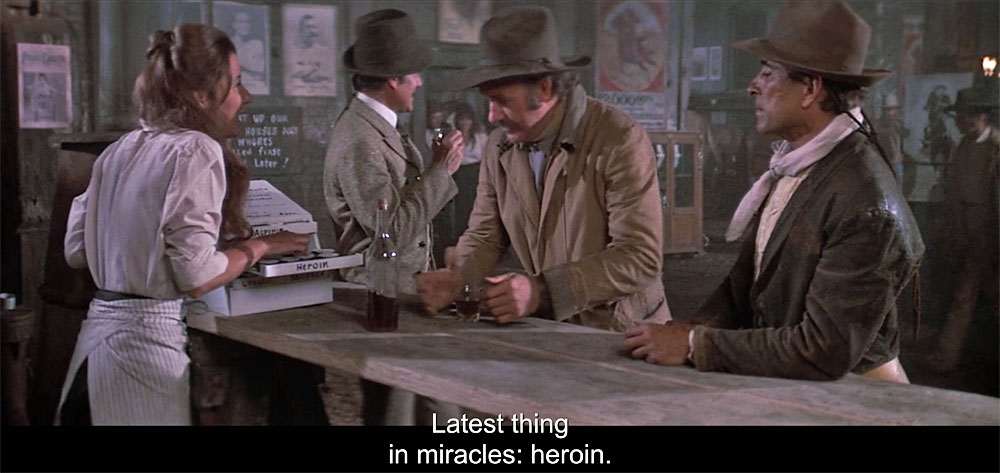
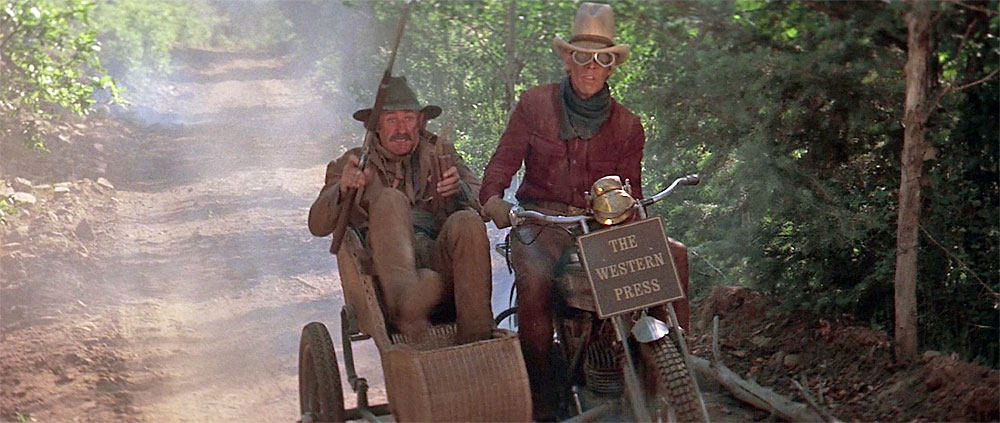
Ultimately, Bite the Bullet is more than just a race film; it’s a meditation on resilience, perseverance, and the quest for personal redemption. The characters, despite their flaws and past mistakes, are driven by a desire to prove themselves and face down the challenges of the wilderness. The film’s strong performances, particularly from Hackman, Coburn, and Bergen, help bring its themes to life, making it a compelling exploration of human strength and vulnerability in the face of nature’s harshest tests. The ending is both poignant and satisfying, capturing the spirit of the American frontier while reminding us of the price of survival.

